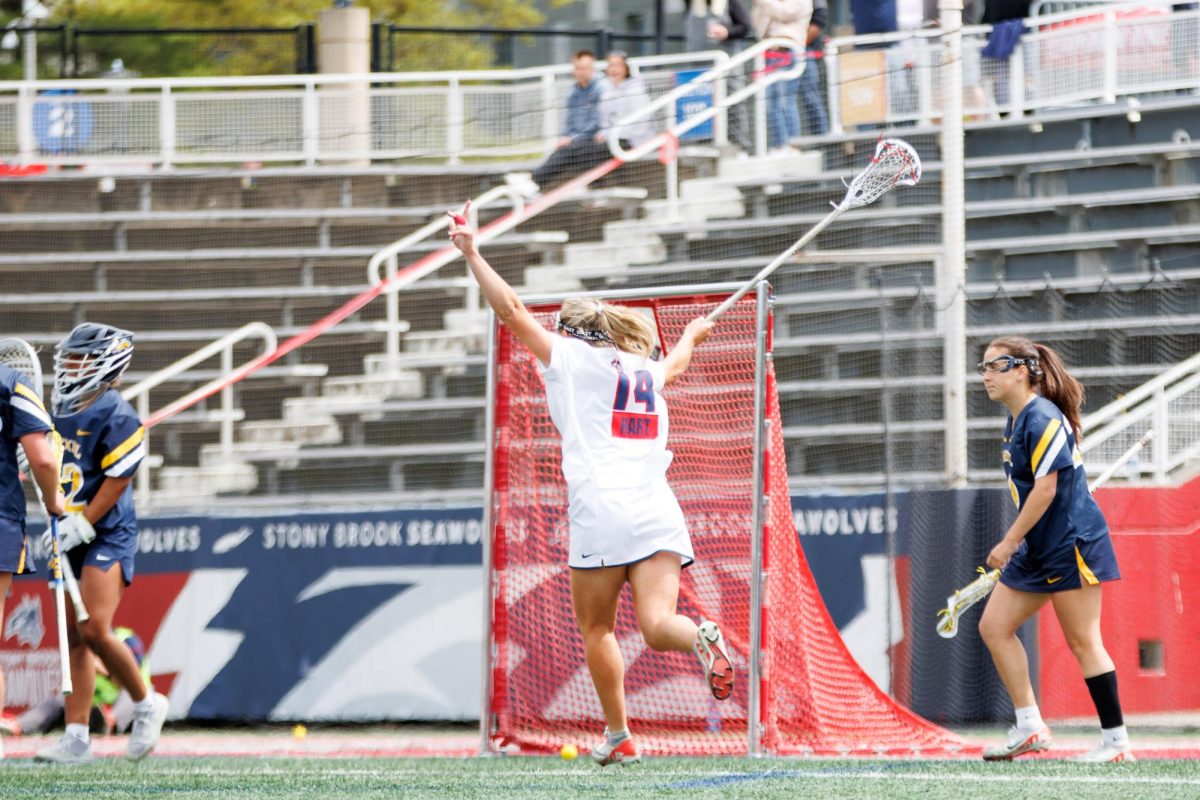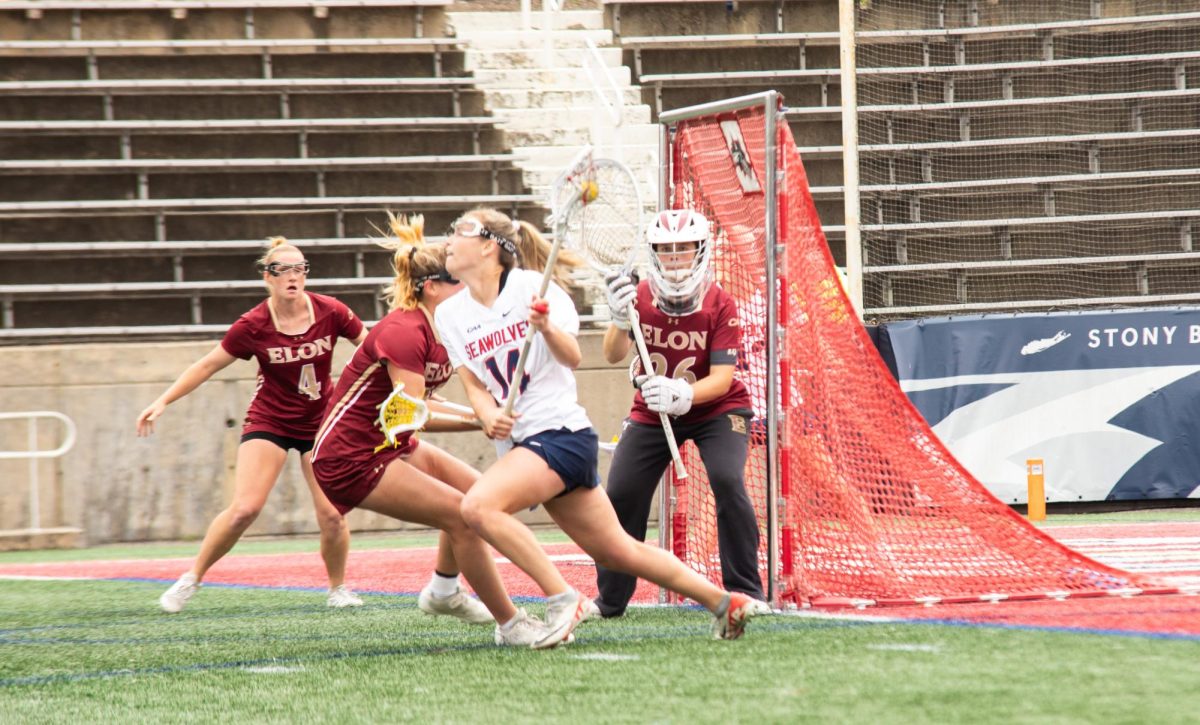
The Stony Brook Simons Center hosted the FAX + Pattern gallery this year in an attempt to teach visitors more about art, math and Islamic culture through 3D printing technology.
FAX is a traveling exhibition that originated in New York in 2009, and uses about 20 artists with a math background to contribute. The exhibit has a rotating gallery, with new pieces being added and removed as more artists continue to contribute. The gallery puts a focus on combining Islamic symbols with mathematical equations to build 3D images.
“For me all of this started during a trip to India with my wife,” said Phil Webster, one of the artists, who specializes in 3D printing. “It was there that I really became enamored by Islamic culture and their markings.”
Most of the work on display at the exhibit was a combination of Islamic symbols and mathematical shapes. Some of the art ranged from 3D sculptures to simple paintings of the same markings.
One of the most prominent pieces on display at the exhibit was a 3D printer that would make a sculpture live. The entire process was controlled and explained by Webster.
“Like all art, it starts with some inspiration,” said Webster. For Webster, it was his fascination with Islamic culture and his previous work as a mathematician.
When a visitor decides on what he or she wants to make, the artist begins to draw it into a computer. Once the initial drawing is built, artists add depth to the picture to make it 3D. After all of this is done the computer begins to process and scan the picture, preparing it for development.
Instead of printing with a standard printer, artists use a high-powered fax machine to gather the image in real time. This printer uses a high-powered laser to cut black acrylic tiles. While this process requires time, in the end it pushes the artists to work around the technological limitations to create their patterns.
“Not many people think of the process of making art, so to be able to see their reactions live is really something special,” said William Duffy, a sculpture and one of the artists displayed in the gallery.
While most of the exhibit consisted of sculptures, the exhibit also included many photos of Islamic symbols. One series of photos was an exploration of fractal Islamic patterns that fused traditional Islamic symbols with geometric design with modern fractal concepts.
“Fractal art allows people to see the whole thing at a glance,” said Webster. “It’s art that you can stop and view if you want, but what you see is what you get.”
Fractal art is centered around a pattern that displays progressively smaller versions of the same pattern repeating within itself.
Although the exhibit is constantly rotating its gallery, all the old pieces are still exhibited in a series of binders available for anyone to look through. This gives visitors who haven’t visited the exhibit to see pieces that are not currently on display.
“It’s really nice and appropriate that the school holds exhibits like this,” said Murry Batchelor, an exhibit visitor.
The gallery was also accompanied by live Moroccan music and food. The “FAX + Pattern” will be available for viewing until April 25.
















